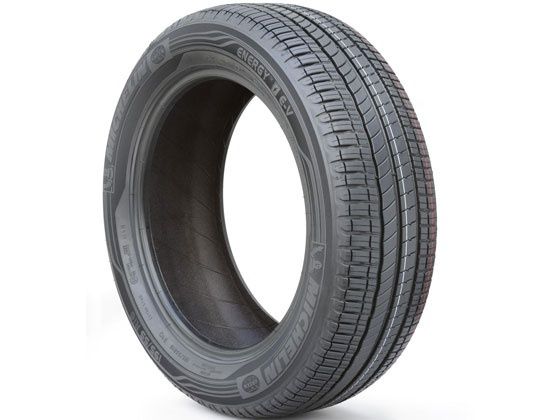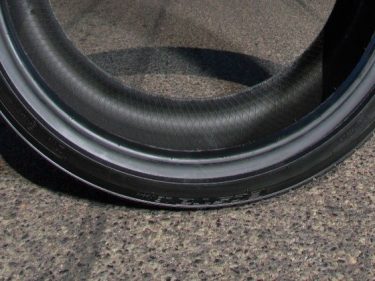Tubeless Tyres are strong, sturdy, made for the long haul. Tubeless tyres are now commonly in use worldwide, but what are they, really? Simply put, tubeless tyres are what their names say: they lack the inner soft tubes of tube tyres. They’ve been around even before World War 2 though they only saw limited production due to design and technical problems. Much has happened since then, and technology has evolved tubeless tyres to handle modern roads and all types of terrain.

Even the details of tubeless tyres are simple. To work, they simply have continuous ribs molded integrally into the bead of the tyre so that they are forced by the air pressure inside to seal with the flanges of the metal rim of the wheel. The only additive needed for this type of tyre is tyre sealants for minor punctures. There are numerous designs and patents for tubeless tyres, but all modern ones work the way they are intended to.
Tube-Tyres
In tube-tyres, a puncture effectively penetrates both tube and tyre. This results in more expensive and time-consuming repair. In addition, the instantaneous release of the air inside the tube causes a tremendous pressure inside the tyre. This can have potentially dangerous consequences. Also, when it is being repaired, the tube has to be plucked out, the fissure located and then patched up, which never retains the original strength of the tube.
Tubeless Tyres
In Tubeless tyres the air is directly pumped into the tyre, which acts as a combination of both tube, and tyre. The tyre and the rim are basically stuck because the interior of tubeless tyre has a coating of impermeable halobutyl. Thus, in an event of a puncture, the air only leaks from the fissure slowly giving drivers enough time to reach the tyre shop. Furthermore, the cost of the tube is also saved.

Hence, one of the best traits of tubeless tyres is reliability. They are thicker, heavier, and conform more readily to the ground to help against high-impact contact. Because of this, punctures are less prone to happen, and tubeless tyres can actually survive small pricks and nails. Their inherent thickness also makes them better for long-term usage. As long as the puncture isn’t too big or occurred on the tyre’s sidewall, you can be sure that your tyre will still roll effortlessly on the road. While it is still possible for tubeless tyres to get flat, air leaks a lot slower so you have more time to get to a repair shop.
Another advantage of the tubeless system is they work at a lower air pressure than conventional tube tyres. Lower pressure boosts traction with the ground, and to a minor degree, is an advantage with less time spent filling it with air. For all these reason tubeless tyres have basically replaced tube-tyres.
Tubeless tyres do not come perfect though. For one, they require more maintenance. You also have to be more careful in using tyre levers, and handling the tyres with them. Installation is also more difficult.
It’s a wonder how tyre developers are constantly improving tyre technology to help keep vehicles running smoothly and safer on the road or off it. It’s always better to have options to choose from, especially with economics coming into play.

















